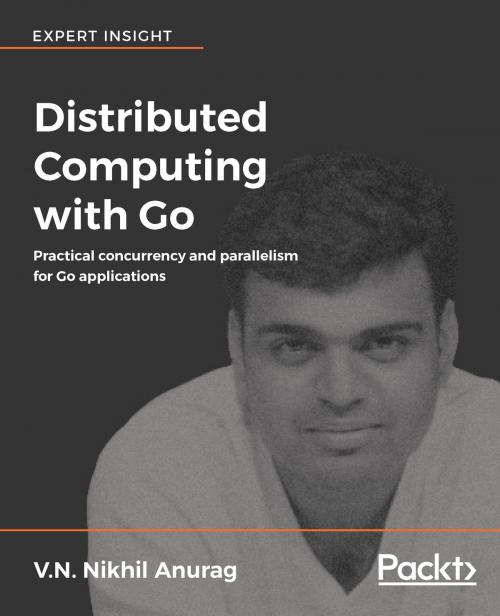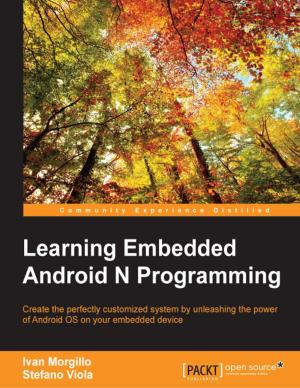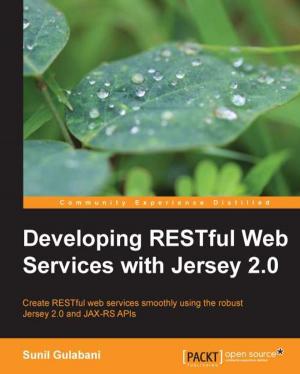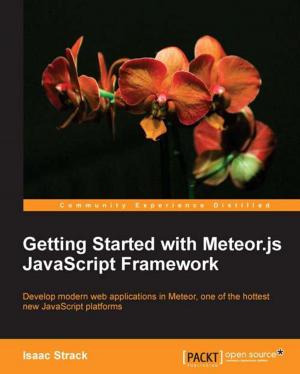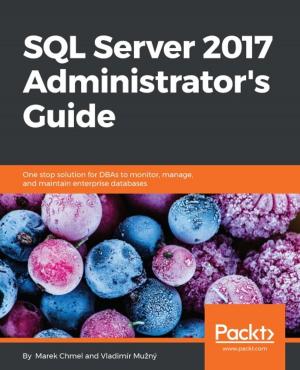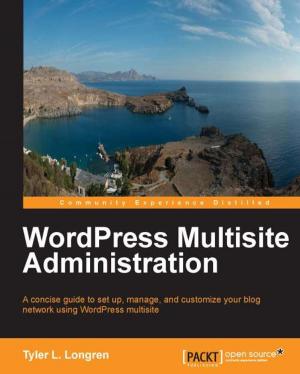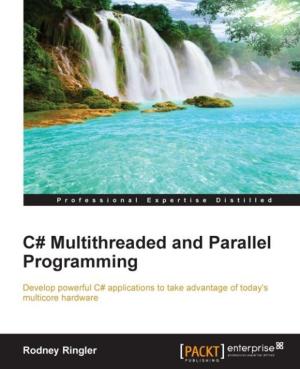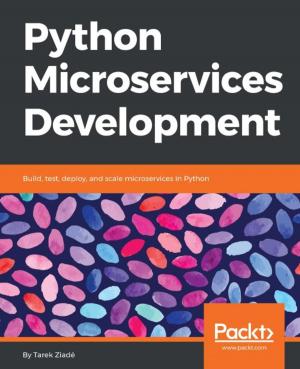Distributed Computing with Go
Practical concurrency and parallelism for Go applications
Nonfiction, Computers, Advanced Computing, Parallel Processing, General Computing, Programming| Author: | V.N. Nikhil Anurag | ISBN: | 9781787127708 |
| Publisher: | Packt Publishing | Publication: | February 28, 2018 |
| Imprint: | Packt Publishing | Language: | English |
| Author: | V.N. Nikhil Anurag |
| ISBN: | 9781787127708 |
| Publisher: | Packt Publishing |
| Publication: | February 28, 2018 |
| Imprint: | Packt Publishing |
| Language: | English |
A tutorial leading the aspiring Go developer to full mastery of Golang's distributed features.
Key Features
- This book provides enough concurrency theory to give you a contextual understanding of Go concurrency
- It gives weight to synchronous and asynchronous data streams in Golang web applications
- It makes Goroutines and Channels completely familiar and natural to Go developers
Book Description
Distributed Computing with Go gives developers with a good idea how basic Go development works the tools to fulfill the true potential of Golang development in a world of concurrent web and cloud applications. Nikhil starts out by setting up a professional Go development environment. Then you’ll learn the basic concepts and practices of Golang concurrent and parallel development.
You’ll find out in the new few chapters how to balance resources and data with REST and standard web approaches while keeping concurrency in mind. Most Go applications these days will run in a data center or on the cloud, which is a condition upon which the next chapter depends. There, you’ll expand your skills considerably by writing a distributed document indexing system during the next two chapters. This system has to balance a large corpus of documents with considerable analytical demands.
Another use case is the way in which a web application written in Go can be consciously redesigned to take distributed features into account. The chapter is rather interesting for Go developers who have to migrate existing Go applications to computationally and memory-intensive environments. The final chapter relates to the rather onerous task of testing parallel and distributed applications, something that is not usually taught in standard computer science curricula.
What you will learn
- Gain proficiency with concurrency and parallelism in Go
- Learn how to test your application using Go's standard library
- Learn industry best practices with technologies such as REST, OpenAPI, Docker, and so on
- Design and build a distributed search engine
- Learn strategies on how to design a system for web scale
Who this book is for
This book is for developers who are familiar with the Golang syntax and have a good idea of how basic Go development works. It would be advantageous if you have been through a web application product cycle, although it’s not necessary.
A tutorial leading the aspiring Go developer to full mastery of Golang's distributed features.
Key Features
- This book provides enough concurrency theory to give you a contextual understanding of Go concurrency
- It gives weight to synchronous and asynchronous data streams in Golang web applications
- It makes Goroutines and Channels completely familiar and natural to Go developers
Book Description
Distributed Computing with Go gives developers with a good idea how basic Go development works the tools to fulfill the true potential of Golang development in a world of concurrent web and cloud applications. Nikhil starts out by setting up a professional Go development environment. Then you’ll learn the basic concepts and practices of Golang concurrent and parallel development.
You’ll find out in the new few chapters how to balance resources and data with REST and standard web approaches while keeping concurrency in mind. Most Go applications these days will run in a data center or on the cloud, which is a condition upon which the next chapter depends. There, you’ll expand your skills considerably by writing a distributed document indexing system during the next two chapters. This system has to balance a large corpus of documents with considerable analytical demands.
Another use case is the way in which a web application written in Go can be consciously redesigned to take distributed features into account. The chapter is rather interesting for Go developers who have to migrate existing Go applications to computationally and memory-intensive environments. The final chapter relates to the rather onerous task of testing parallel and distributed applications, something that is not usually taught in standard computer science curricula.
What you will learn
- Gain proficiency with concurrency and parallelism in Go
- Learn how to test your application using Go's standard library
- Learn industry best practices with technologies such as REST, OpenAPI, Docker, and so on
- Design and build a distributed search engine
- Learn strategies on how to design a system for web scale
Who this book is for
This book is for developers who are familiar with the Golang syntax and have a good idea of how basic Go development works. It would be advantageous if you have been through a web application product cycle, although it’s not necessary.
